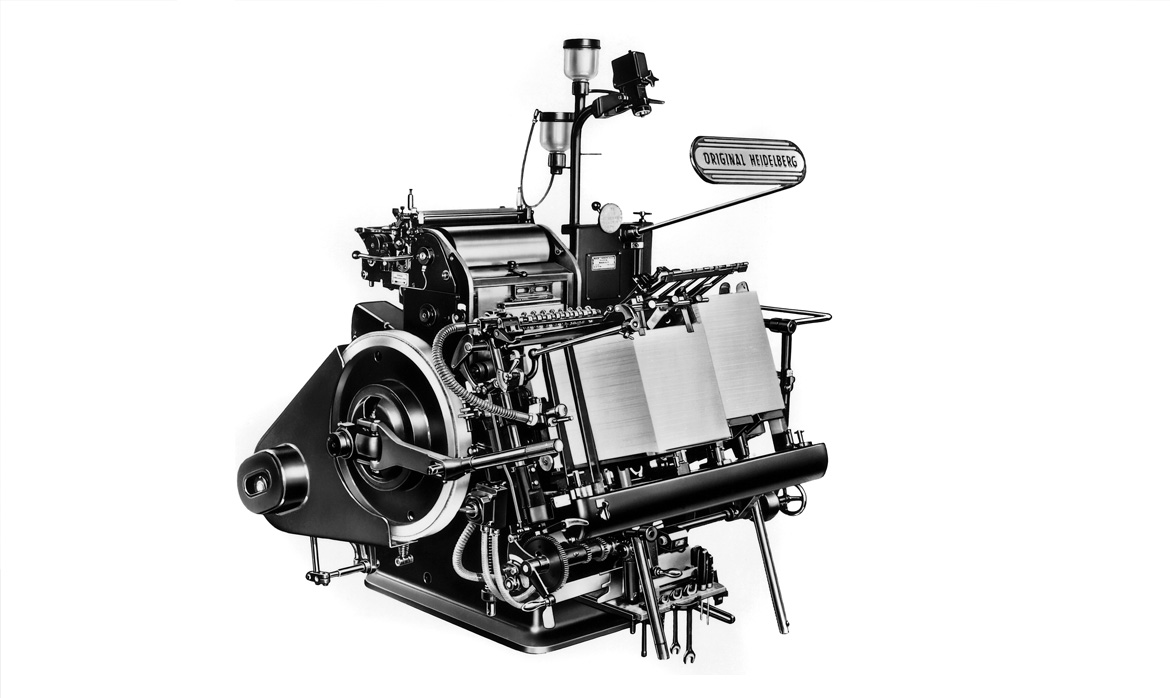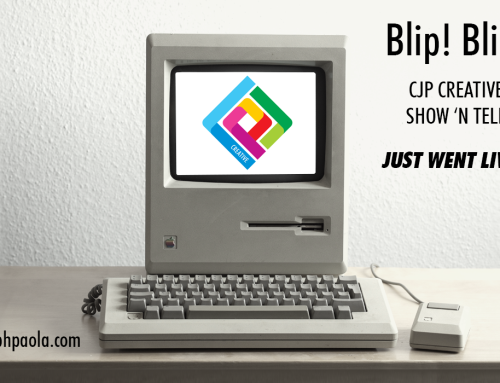Yep! I still love it after all these years and the only reason I don’t have one in my garage is that I don’t have three phase power or dare I say the available time.
But what an extraordinary feat of engineering!
Essentially what you do is organise your “Furniture” and Type Slugs into a metal frame about the size of an A3 Sheet, snap the frame into the machine and crank the lever. Well of course it’s not nearly as simple as that.
The “Furniture” and slugs of type had to be meticulously positioned into the chase and safely “locked” in place. Because the platen is just that, two surfaces brought together by the incredible design of the machine, the pressure between the two surfaces also has to be controlled to within a micron. Imagine trying to clap with the tips of your fingers, rather than with the flat of your hand; Similar principle. By taking a series of “test pulls” and adjusting the impression with sheets of paper either on the facing platen or under the chase, I was able to determine the exact pressure needed to achieve a perfect print or “kiss impression”.
Of course, prior to that in setting up the job I had to ensure smooth and consistent paper feed, which varied immensely because each job would have different paper thicknesses. Suckers on the feed tray were angled, the amount of suction and blow was adjusted and the sheet separators were positioned, usually on the fly. If done poorly, paper jams, double sheets and a cranky foreman would ensue. Double sheets were especially troublesome when sheet numbering was involved, since the different coloured NCR or carbonless paper had to be collated in the finishing department.
The ink well situated at the back of the machine had to be filled and adjusted with levers along it’s length to ensure even distribution over the main distribution cylinder. Thankfully the makers had the good sense to ensure that the main cylinder oscillated, making this task slightly less critical, however the viscosity of the ink also came into play. Too runny and various anomalies would become visible such as “strike through” where the ink “seeps” through to the other site of the sheet. Too thick, a different set of problems such as “orange peel” where larger areas of print wouldn’t print evenly. Often, dryers or thinners had to be added to the ink to compensate for too much humidity in the air and for every single job, set off powder had to be applied to each sheet as it arrived in the receiving tray to avoid the sheets sticking together.
All in all, a wonderful combination of technical skill, intuition and an extreme eye for detail are required to run one of these beauties. Ow I which I still had one!
The Artisan Press
Wayne Davis from The Artisan Press in Byron Bay says it way better than I do, and this film by Stefan José Films illustrates Wayne’s passion for the Platen very well.
https://vimeo.com/stefanjosefilms/theartisanpress
Checkout the beautiful offerings of The Artisan Press here…
http://www.artisanpress.com.au



